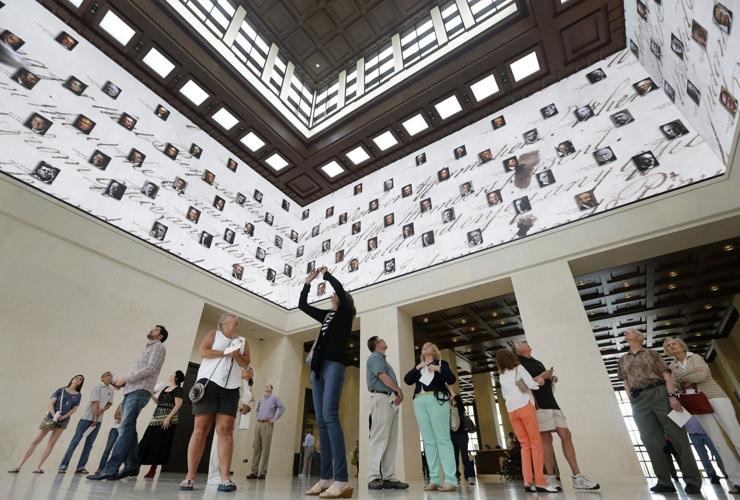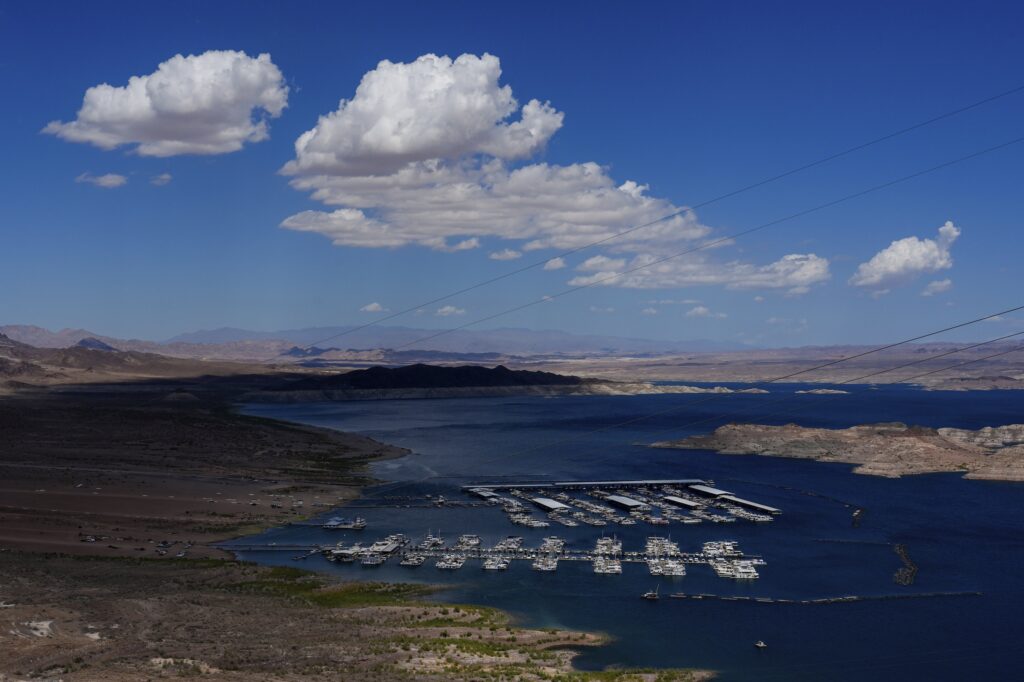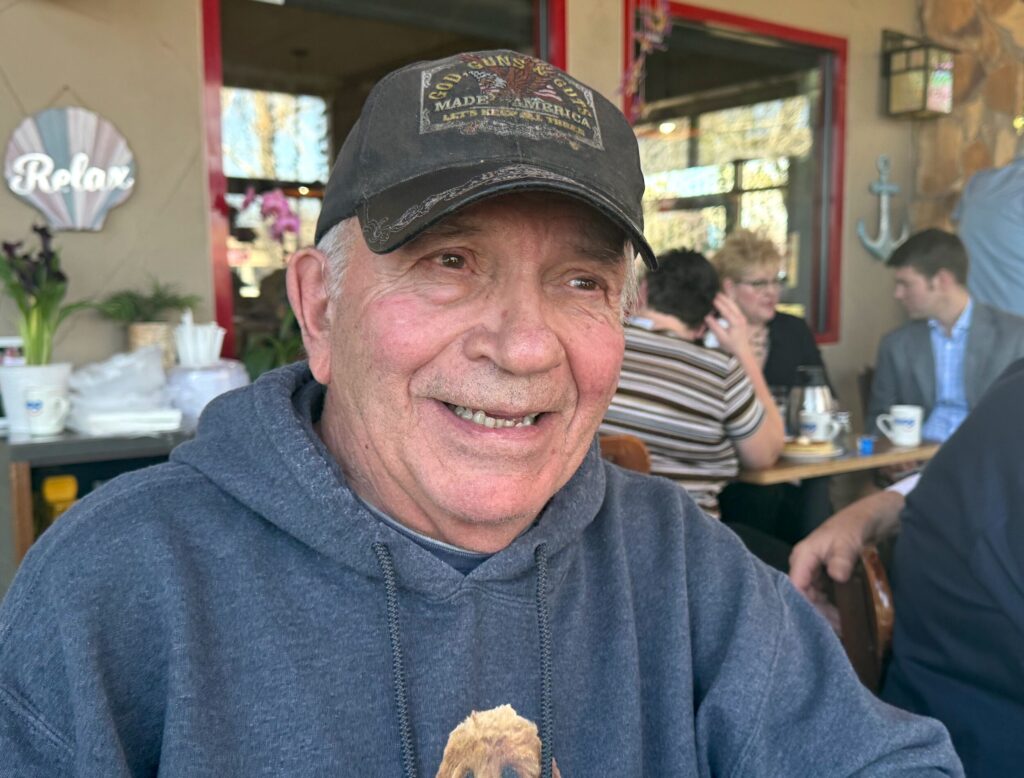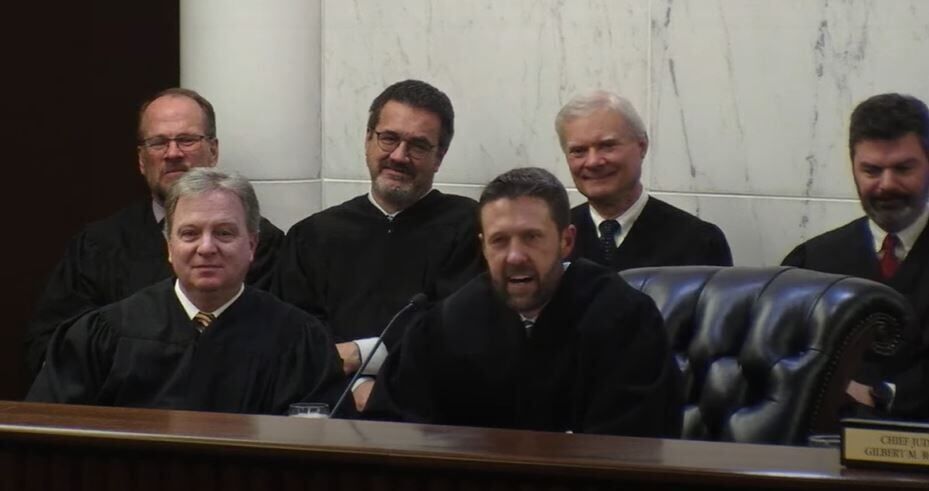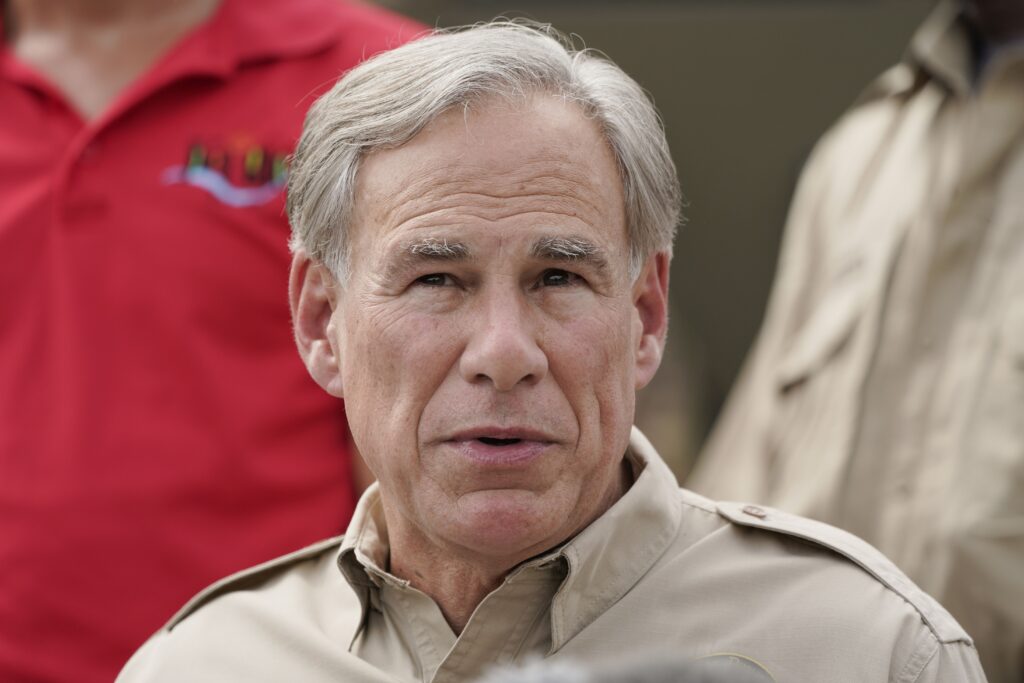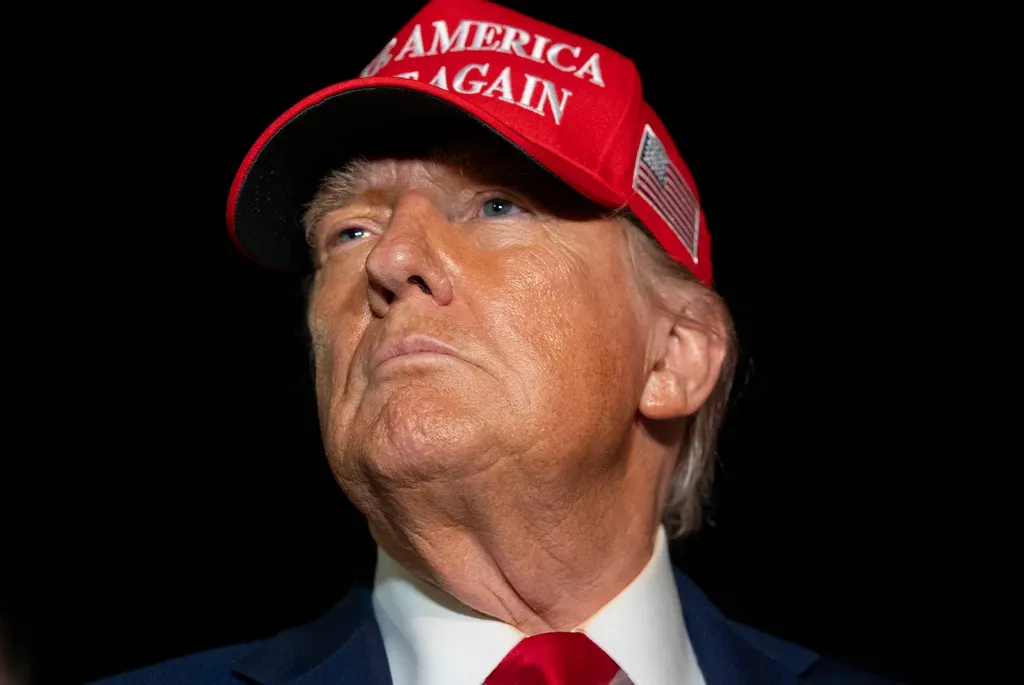Vince Bzdek: How to respond to all that is happening? Be the People
It’s the bane of my profession that we always try to make sense of things.
How to make sense of all that has happened in the past few months: Donald Trump’s return and the practice of politics by executive order; the rise and apparent fall of Citizen Musk in a few short weeks; the crackdown on illegal immigrants; the firing of thousands of federal employees, and then their restoration, and then maybe their firing again; the slap of tariffs on dozens and dozens of countries and then the pause on those tariffs; the filing of scores of lawsuits aimed at stopping Trump in his tracks; and the ready-fire-aim-unfire-reload rhythm of it all.
I took a break from it all recently during a visit to Dallas and toured the George W. Bush Presidential Museum there. Others go on pilgrimages to cathedrals and ballparks; my vice is presidential museums.
I stumbled upon an extraordinary exhibit while I was there that put this time we’re swimming through in sparkling perspective and suggested to me a kind of response.
The exhibit was “Freedom Matters,” and it was all about the winding, bumpy road the idea of freedom has taken since its birth. The exhibit was a journey through freedom’s history via documents, quotes, books, statues, images and artifacts, marking the times when it has expanded and contracted both.
The exhibit made the case that freedom certainly hasn’t been linear or inevitable in this country, continually undergoing stress tests and muscular reassertions.
Being reminded of freedom’s soaring history and its plentiful challenges was powerfully reassuring to me, I must admit. Freedom, it turns out, is a resilient and wily thing.
Freedom is “the permanent hope of mankind, the hunger in dark places, the longing of the soul,” George W. Bush announces at the beginning of the tour.
The exhibit then attempts to show where the concept of freedom came from, what it really means, what free societies look like, and the role of the individual in protecting and spreading freedom around the world.
“Can a person walk into the middle of the town square and express his or her views without fear of arrest, imprisonment, or physical harm? If he can, then that is living in a free society. If not, it’s a fear society.” So the exhibit quoted Natan Sharansky, a former Soviet dissident.
Next the tour asked if freedom comes directly from God: “The early colonial clergy … preached equality because they believed in the fatherhood of God and the brotherhood of man,” Calvin Coolidge announced in one corner of the exhibit.
Or does freedom come from human nature? “But freedom of men under government is to have a standing rule to live by, common to everyone and made by the legislative power … not to be subject to the inconstant, uncertain, unknown, arbitrary will of another man,” said John Locke.
Or does it come from society itself: “If men were angels, no government would be necessary,” said James Madison.
The walk through freedom’s heirlooms showed vividly how governments protect or take away freedom, starting with the Magna Carta, which was the first document to guarantee due process:
“No freeman shall be taken, imprisoned, disseised, outlawed, banished, or in any way destroyed, nor will We proceed against or prosecute him, except by the lawful judgment of his peers or by the law of the land.”
It was the Magna Carta that inspired a bunch of rebellious colonists to declare their independence from Britain.
And next door to the Magna Carta display the museum had a thrilling collection of America’s Charters of Freedom: The Declaration of Independence, the Constitution and The Bill of Rights, whose yellowed pages made me think how fragile those first shoots were.
Another display showed the Reconstruction Amendments after the Civil War that guaranteed the rights of the newly free African Americans.
I was particularly moved by the words of Frederick Douglass from that time. “The silver trump of freedom had roused my soul to eternal wakefulness. Freedom now appeared, to disappear no more forever. … It looked from every star, it smiled in every calm, breathed in every wind, and moved in every storm.”
The exhibit traced freedom’s trail through the fight for women’s suffrage, the stain of Jim Crow and the Japanese American internment camps, and its reclamation during the civil rights movement.
A handwritten letter in pencil to the House Judiciary Committee the day after Bloody Sunday in Selma in 1965 captured my moral imagination: “For God’s sake, help the poor innocent people in Selma, Alabama. If your voice or vote can be of service, now is the time to use it. We can’t sit by any longer and watch the shocking events.”
The path wound on through the Americans with Disabilities Act and the Supreme Court’s 2015 marriage equality ruling.
It showed repeatedly how “individual voices have contributed to our communities, our country, and our world in many ways — and we shouldn’t waste a day in using our voices to make a difference.”
The exhibit demonstrated that our country’s most consequential changes have rarely been made by politicians or political bodies alone. “It is the people who control whether a republic sinks or survives.”
It reminded me of that wonderful saying of Margaret Mead’s: “Never doubt that a small group of thoughtful, committed citizens can change the world; indeed, it’s the only thing that ever has.”
Finally, the exhibit made the case that autocracies depend on the capitulation of a cowed civil society.
And a giant wall at the end implored us never capitulate.
This is where I found a stirring suggestion of a response to all that is happening around us right now: a call to a more vigorous citizenship.
Beneath the heading “Be We the People,” lighted words flashed on that wall like lightning strikes, suggesting ways we might be better citizens. Words flashed up like: Public Service. Military Service. Volunteering. Advocating. Coaching. Teaching. Following current events. Respecting different opinions. Serving on a jury. Contact my Representatives. Vote.
And this: “Hundred of thousands of people died so you could vote.”
Watching for many minutes, I found that wall spoke this to me: If you want “We the People” you’ve got to Be the People.
Exert the full glory and power of your American citizenship, the wall urged. It’s a sacred, awesome thing.
I wondered if this time we’re in hasn’t come to us as another test, imploring us to rise up once again and show our country who is really in charge.
After all, we challenged a king and became a republic. We took on entrenched slaveholders and became a truly free state. And thanks to our greatest generation, we defeated the Nazis and kept freedom lit around the world.
Maybe this is one of those times we have to be loud about our freedom again.
Maybe this is one of those times we have to truly Be the People our founders intended.


